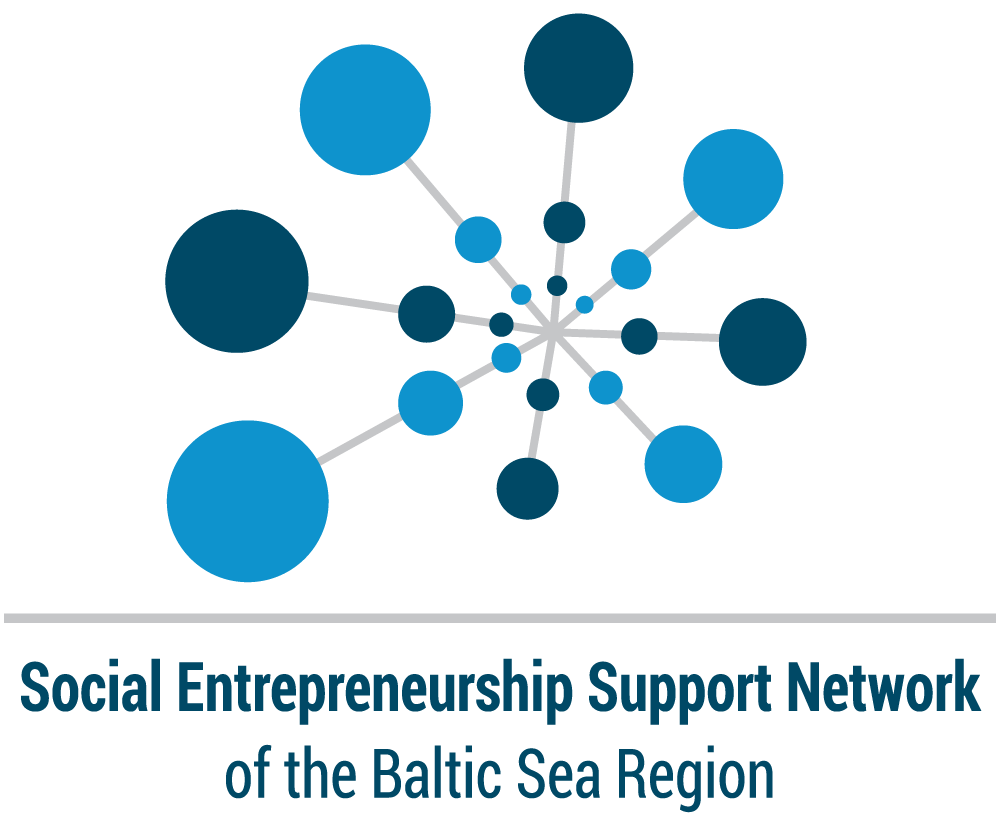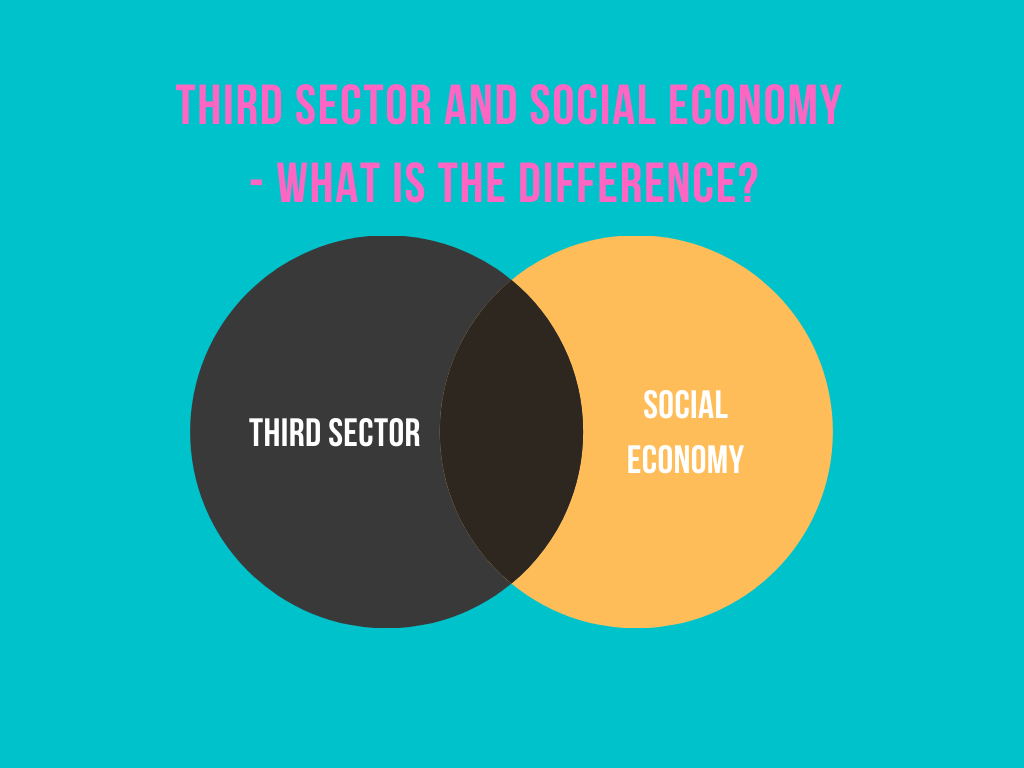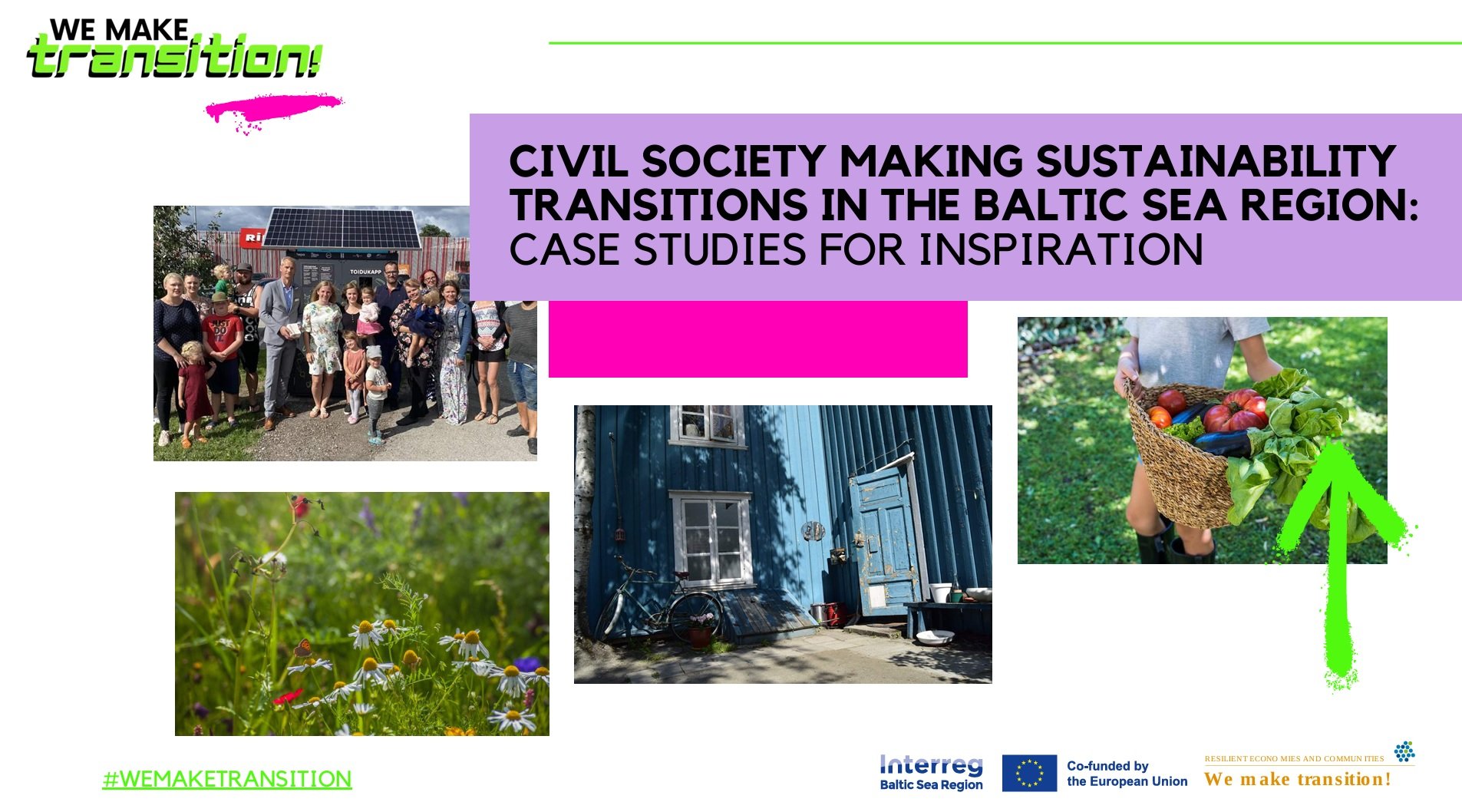Two terms that can often be encountered in the context of social entrepreneurship and social innovation are “third sector” and “social economy”. However, they are significantly less self-explanatory than the more commonly known “non-governmental sector”, “the non-profit sector” or “the charity sector”. To confuse things more, in scholarly articles “third sector” and “social economy” often seem to be used interchangeably. But what do these terms mean and is it really the same thing?
In order to highlight the strong similarities and hence explain why the concepts are used synonymously, it is useful to first address the main differences.
Many social phenomena and the theoretical concepts that are built around them are heavily influenced by the social and cultural context where they have been developed. It is no different with the terms “third sector” and “social economy”. Lars Hulgård (2014) provides a comparison in which he contrast the two concepts by pointing out that the idea of “third sector” can be believed to come from North America and entails voluntary and nonprofit organizations, but excludes cooperatives and mutuals because of the inherent non-profit restraint of the concept. “Social economy” on the other hand is to be considered as the European version of the third sector but with a wider scope; it includes cooperatives, mutual societies, associations, foundations and social enterprises. An important point is that the concept of social economy introduces a possibility to develop a broader understanding of the third sector where the defining factor of the third sector is not the nonprofit constraint but rather whether or not an organization is a part of “a non-capitalist economy” (Hulgård, 2014, p.72).
The same point has been raised by Jean-Louis Laville arguing that the line should be drawn between “capitalist and social economy organizations” where in the latter “what is stressed at the organizational level is legal limits on private appropriation of benefits” ( 2010, p.228). In other words, the defining factor of social impact and social good organizations should not be the that they earn no money and function solely because on donations and external funding, but rather how they earn the money and what is the profit is used for. In this way, instead of preserving rigide definitions of North American and European perspectives as they have developed historically, a more up to date version of the term “third sector” can be put in place. The has opened the field for the use of business tools in tackling societal issues. The change of trajectory has contributed to an acceleration of development of a variety of hybrid forms of initiatives that mix and match the inner-logics and practices of civil society and private sector and now are being recognized under the concepts of social entrepreneurship and social and solidarity economy.
References
Hulgård, L., 2014. Social enterprise and the Third Sector – Innovative service delivery or a non-capitalist economy? In: J.Defourny, L. Hulgård & V. Pestoff, eds., Social Enterprise and the Third Sector: Changing European Landscapes in a Comparative Perspective. Oxon and New York: Routledge.
Laville, Jean-Louis. (2010). Solidarity Economy. 10.1007/978-0-387-93996-4_801.


This publication has been prepared within INDIGISE project. The content of this publication is the sole responsibility of the project coordinator and may not always reflect the views of the European Commission or the National Agency.











Wow, great article post. Want more.
I have read your article carefully and I agree with you very much. This has provided a great help for my thesis writing, and I will seriously improve it. However, I don’t know much about a certain place. Can you help me?